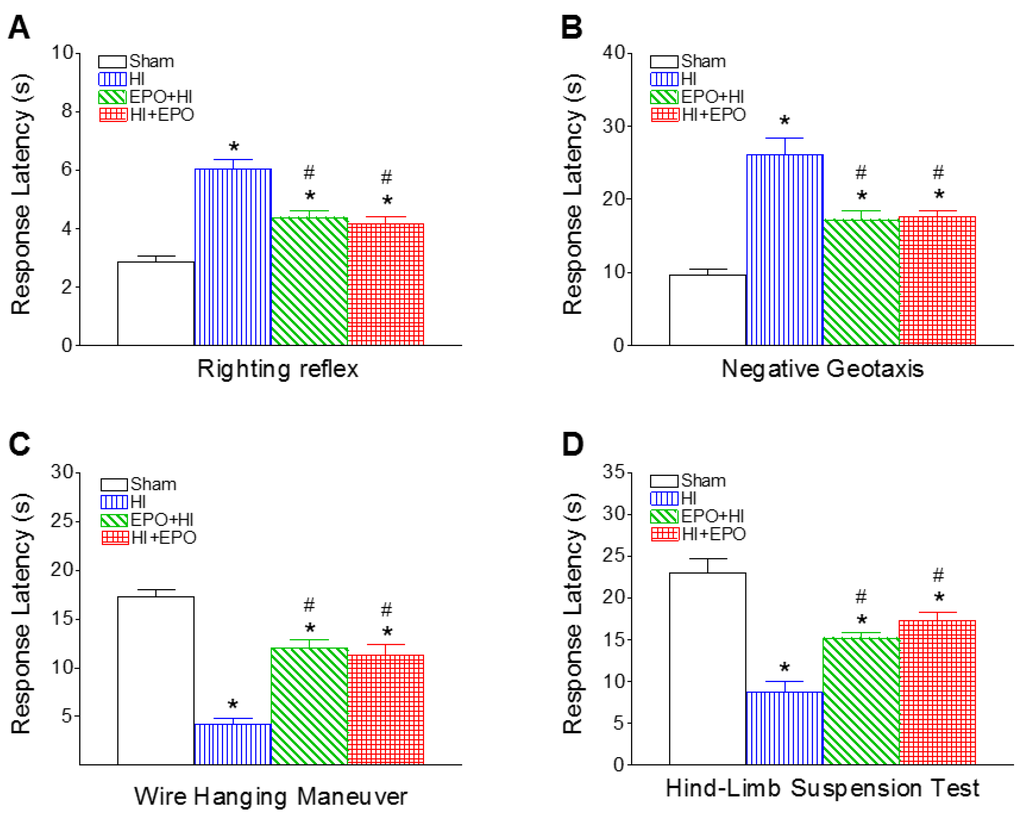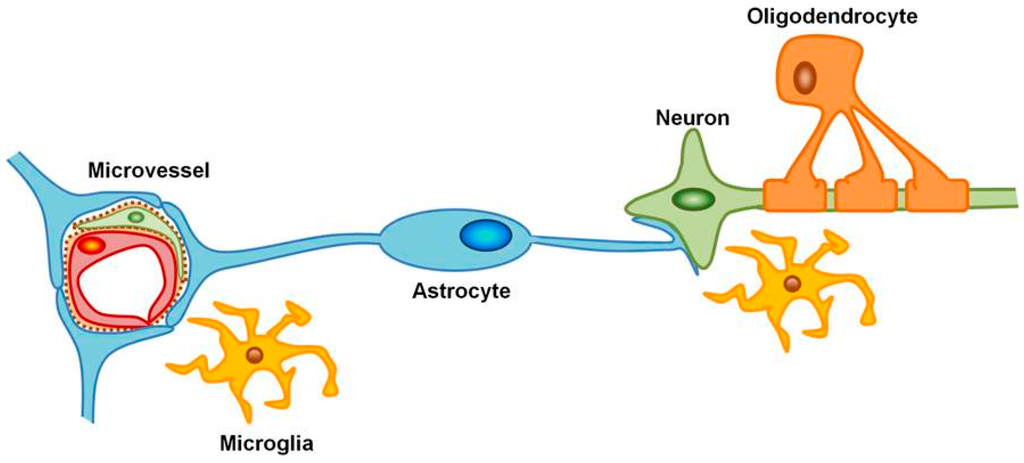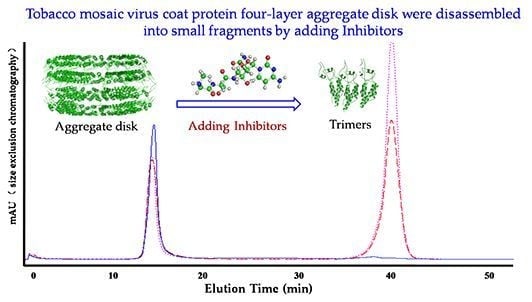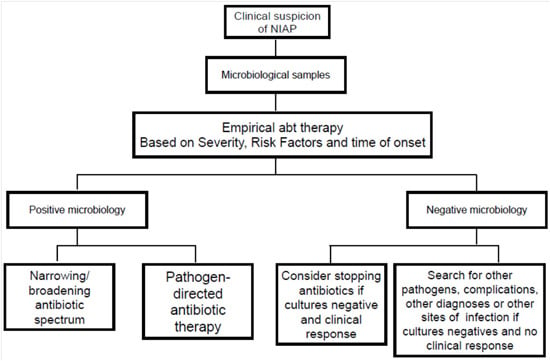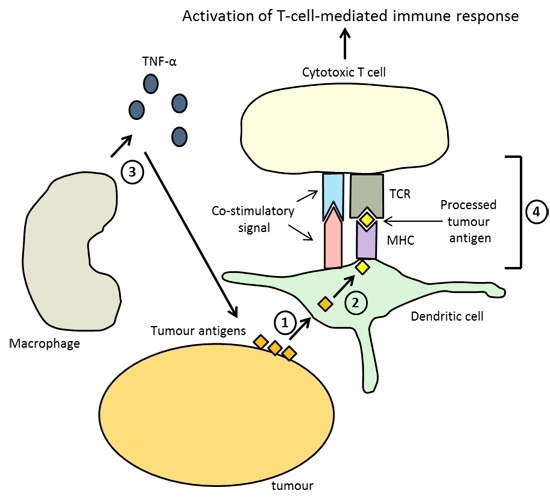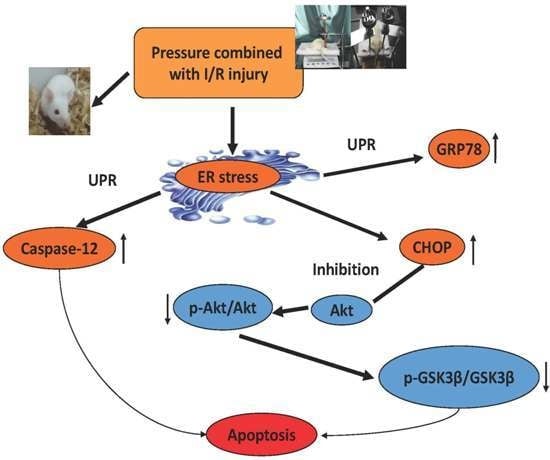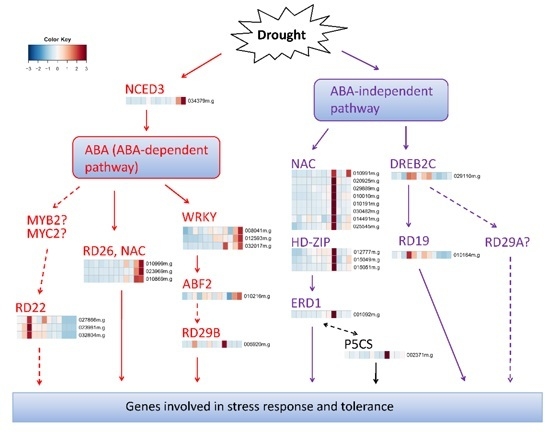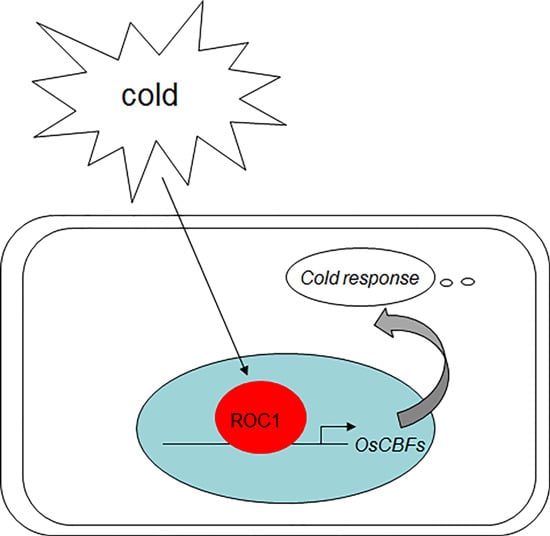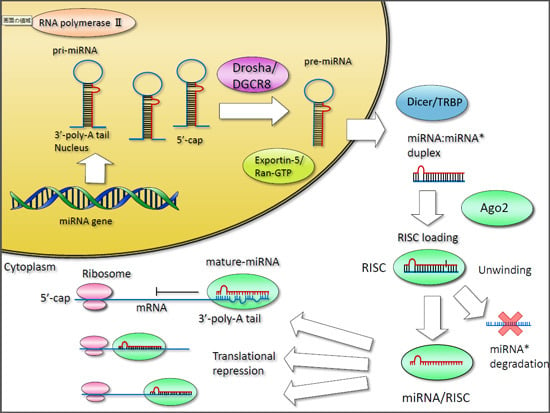1
Department of Anesthesiology, Chi-Mei General Hospital, Tainan 71004, Taiwan
2
School of Medicine, Fu Jen Catholic University, Xinzhuang District, New Taipei City 24205, Taiwan
3
Department of Pediatrics, Division of Newborn Medicine, University of Mississippi Medical Center, Jackson, MS 39216, USA
4
Department of Pharmacology, Toxicology & Therapeutics, Division of Toxicology, School of Pharmacy, Showa University, Shingawa-ku, Tokyo 142-8555, Japan
†
These authors contributed equally to this work.
Int. J. Mol. Sci. 2016, 17(3), 289; https://doi.org/10.3390/ijms17030289 - 26 Feb 2016
Cited by 42 | Viewed by 6965
Abstract
The hematopoietic growth factor erythropoietin (EPO) has been shown to be neuroprotective against hypoxia-ischemia (HI) in Postnatal Day 7 (P7)–P10 or adult animal models. The current study was aimed to determine whether EPO also provides long-lasting neuroprotection against HI in P5 rats, which
[...] Read more.
The hematopoietic growth factor erythropoietin (EPO) has been shown to be neuroprotective against hypoxia-ischemia (HI) in Postnatal Day 7 (P7)–P10 or adult animal models. The current study was aimed to determine whether EPO also provides long-lasting neuroprotection against HI in P5 rats, which is relevant to immature human infants. Sprague-Dawley rats at P5 were subjected to right common carotid artery ligation followed by an exposure to 6% oxygen with balanced nitrogen for 1.5 h. Human recombinant EPO (rEPO, at a dose of 5 units/g) was administered intraperitoneally one hour before or immediately after insult, followed by additional injections at 24 and 48 h post-insult. The control rats were injected with normal saline following HI. Neurobehavioral tests were performed on P8 and P20, and brain injury was examined on P21. HI insult significantly impaired neurobehavioral performance including sensorimotor, locomotor activity and cognitive ability on the P8 and P20 rats. HI insult also resulted in brain inflammation (as indicated by microglia activation) and neuronal death (as indicated by Jade B positive staining) in the white matter, striatum, cortex, and hippocampal areas of the P21 rat. Both pre- and post-treatment with rEPO significantly improved neurobehavioral performance and protected against the HI-induced neuronal death, microglia activation (OX42+) as well as loss of mature oligodendrocytes (APC-CC1+) and hippocampal neurons (Nissl+). The long-lasting protective effects of rEPO in the neonatal rat HI model suggest that to exert neurotrophic activity in the brain might be an effective approach for therapeutic treatment of neonatal brain injury induced by hypoxia-ischemia.
Full article
(This article belongs to the Special Issue The Immune System and Inflammation in Cerebral Ischemia)
▼
Show Figures

